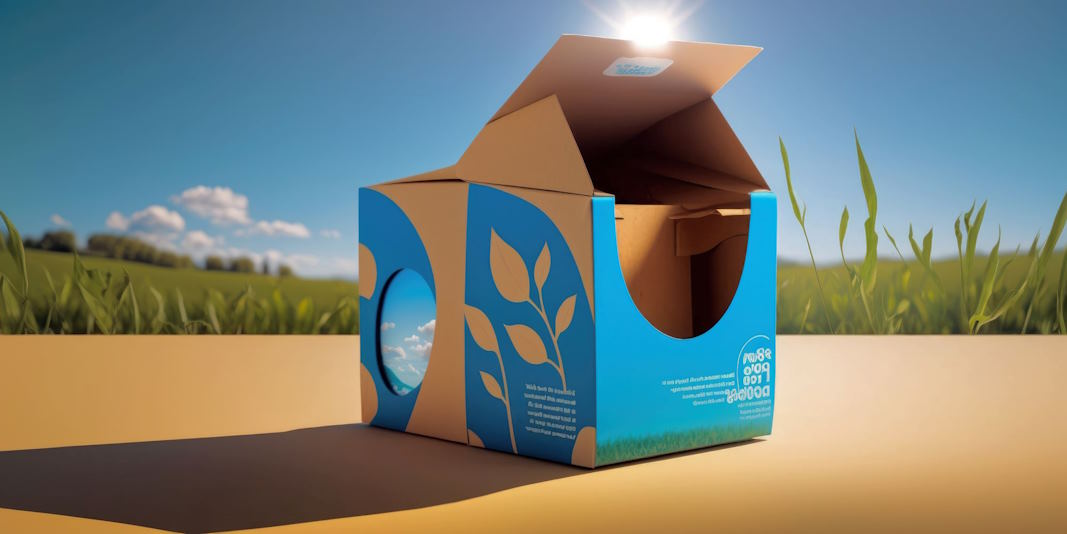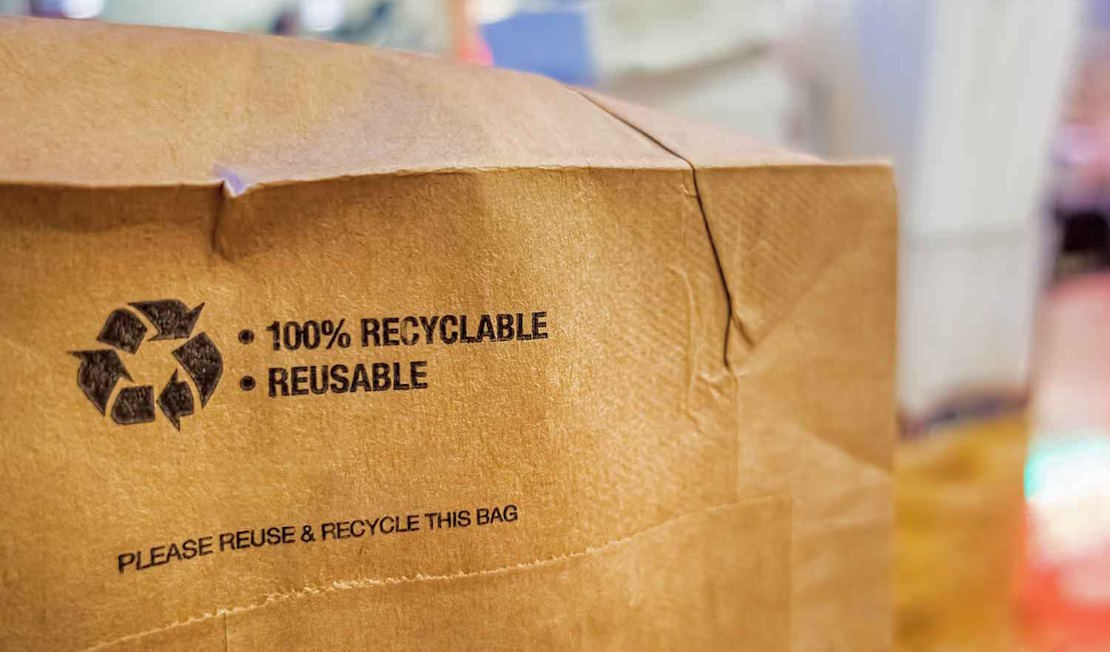In the current age, where environmental concerns are escalating, innovative packaging solutions play a crucial role in reducing environmental impact and pollution. Packaging, often a necessary part of product distribution, has traditionally been a significant source of waste and environmental degradation. However, advancements in materials science and a growing awareness of sustainability have led to the development of innovative cutting-edge solutions for eco-friendly packaging that are both environmentally friendly and functional.
The Shift towards Sustainable Packaging
Traditional packaging materials like plastics and non-recyclable composites have long been the standard due to their cost-effectiveness and convenience. However, these materials often end up in landfills or oceans, causing significant harm to the environment and wildlife. The shift towards sustainable packaging involves developing materials made from renewable resources.

Reducing Packaging Size and Weight
Reducing the size and weight of packaging is another effective strategy in the role of innovation in minimizing packaging waste for minimizing environmental impact. Lightweight and compact packaging requires less material, lowers shipping costs, and decreases carbon emissions associated with transportation. Companies employ innovative designs and materials to make packaging minimal possible without compromising product protection.
Edible Packaging
Edible packaging presents an innovative and intriguing solution, especially in the food industry. Natural, edible ingredients, this type packaging can be consumed along with the product, leaving no waste behind. While still in the early stages of development, edible packaging has the potential to revolutionize the way we think about and interact with packaging.

Smart Packaging for Reduced Waste
The innovative packaging is reshaping the industry and the environment can significantly reduce waste by improving the shelf-life of products and providing consumers with better information on product freshness. Innovations like time-temperature indicators, freshness sensors, and interactive labels help reduce food waste by allowing consumers and retailers to accurately determine the usability a product.

